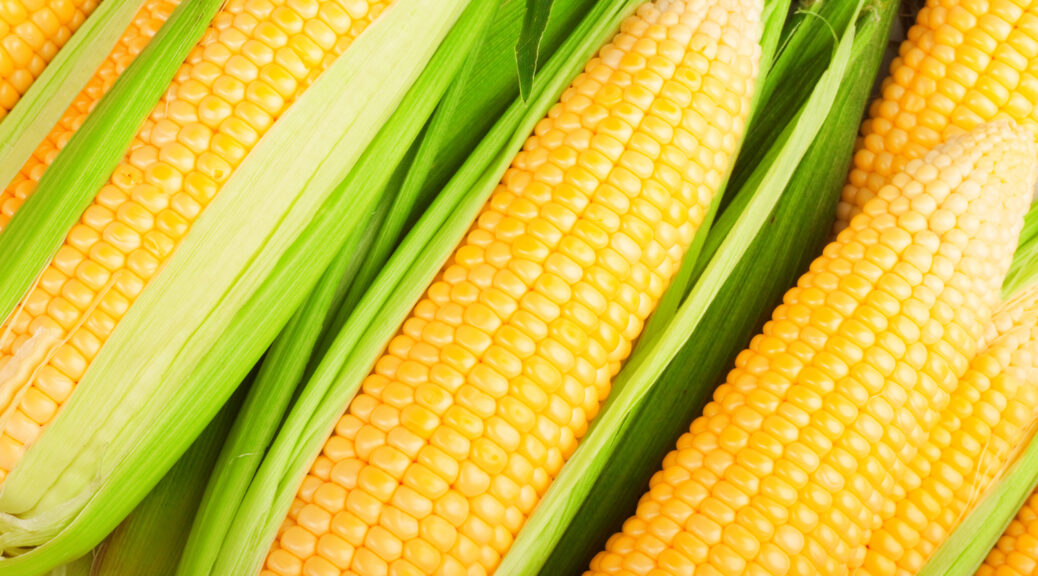
About Sweet Corn / Green Corn
Sweet corn (also called green corn) is harvested when the kernels are soft and sweet, making it ideal for eating. If you grab an ear of field corn and try to take a bite, you’ll probably break your teeth. It’s hard and dry (and only tastes good to cows, chickens, pigs, turkeys and some wild animals).
INFORMATION BELOW FROM 1800s COOKBOOKS
The seeds of the maize plant, or Indian corn, especially the variety known as sweet corn, are eaten as a vegetable when they are immature. They grow on a woody cob, and when they are green, they are soft and milky. But when they become ripe, they are hard and are then ground as grain. In some varieties, the kernels or seeds are yellow, while in others they are white. Some of them are suitable for use early in the summer, while others come later in the season. However, in spite of this difference in quality, color, and season, all kinds of corn used as a vegetable are called green corn and may be prepared in exactly the same ways.
When the contents of the kernels is still in the liquid form, the corn is at the milk stage, and is generally considered to be too young for table use. On the other hand, when the liquid in the kernels has become thickened, the corn, which is then at the dough stage, is thought to be too old for use as a vegetable. To be ideal for culinary purposes, it should be just between the milk and dough stages.
The ear on which the corn kernels grow is entirely encased in several layers of husks. These are not removed until just before the corn is to be cooked. When this vegetable is in the market, the husks are allowed to remain on the ears. The condition of the ears can be determined by stripping the husks down a little and examining the kernels. Choose those ears that are filled with well-developed kernels, from which milky juice flows when pressed with the thumb.
No special care need be given to green corn, provided it is not husked. However, when it has been husked, it should be cooked at once. In the husking of corn, all corn silk that is found inside of the husks should be carefully removed, for this is very annoying in the cooked vegetable and its presence indicates carelessness.
Remove the husk, leaving just the last layer. Now fold back this layer of husk and remove all the silk from the corn, using a stiff vegetable brush for this purpose. Refold the husk about the corn and cook it. Young green corn will boil sufficiently in ten minutes, putting it of course into a pot of boiling water. Before eating it, rub each ear with salt and pepper, and then spread it with butter.
Epicures in corn consider it sweetest when eaten off the cob. But before company few persons like to hold an ear of corn in their hands and bite the grains off the cob with their teeth. Therefore, it is more frequently cut off the cob into a dish, mixed with salt, pepper, and butter, to be eaten with a spoon.
CORN COOKED IN MILK
Select the desired number of ears of green corn, husk them, and remove the silk. Then cut the corn from the cob with a sharp knife, grasping the ear by the larger end and cutting upwards. After cutting off the kernels, scrape the ears so that nothing edible will be wasted, drawing the knife downwards. Put the corn into a saucepan, add milk until the corn is nearly covered, and season with salt, pepper, and a little butter. Allow the corn to simmer for about ten minutes, stirring frequently to prevent the milk from sticking to the bottom of the pan and scorching. No difficulty will be experienced in the preparation of this dish if a double boiler is used, but longer cooking will be required. When the corn is sufficiently cooked, remove from the fire and serve hot.
SWEET CORN NEW ENGLAND STYLE
Chop fine one can of corn or two cups of green corn. Add three eggs slightly beaten, one-half tablespoon sugar, one teaspoon salt, one-eighth teaspoon pepper, one tablespoon melted butter and two cups scalded milk. Turn into a buttered baking dish or into individual ramekins, and bake in a slow oven* until solid or custard-like. Serve in baking dish.
*slow oven – about 200-300 degrees Fahrenheit.
CREAM OF CORN
Some persons are unable to digest the coarse hulls of green corn, but can eat the corn if the hulls are removed. Such persons need not be deprived of the delights of this vegetable. Use one can of corn two cups of green corn for one quart of soup. Crush it thoroughly with a pestle or potato-masher to free the pulp from the tough outside coating. Rub through a fine colander, then through a sieve. Add one teacup* of cream to the strained pulp and enough milk to make a quart altogether. Put in a dash of cayenne pepper, a piece of butter the size of a filbert, and salt to taste—it requires a surprising amount of salt to bring out the flavor. Use a double boiler as it burns easily. Serve very hot stirring well before taking it up.
*teacup – same as a jill or gill (four ounces U.S.)
CORN CHOWDER
Chop fine one-quarter pound of salt pork. Put in a heavy kettle and when well tried out,* add two white onions sliced thin. Brown lightly, then add one pint of raw diced potatoes, one can of corn, chopped fine, and sufficient boiling water to cover. When the potatoes are tender, stir in two tablespoons of flour, blended with one tablespoon butter, one teaspoon salt, one saltspoon* white pepper, and one quart boiling milk. Simmer five minutes longer, add one cup of hard crackers broken into bits, and serve.
*tried out – to cook out the fat from salt pork, beef suet, etc.
*salt spoon – a miniature spoon used with an open salt cellar for individual use before table salt was free-flowing.
Image from Deposit Photos
~~~~~~~~~~~~~~~~~~~~~~~~~~~~~~~~~~~~~
Do you eat corn on the cob? Please leave a comment below.
~~~~~~~~~~~~~~~~~~~~~~~~~~~~~~~~~~~~~
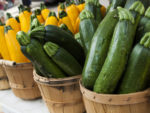
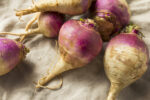
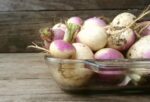
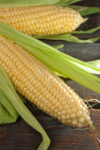
5 thoughts on “About Sweet Corn / Green Corn”
Hi, I was wondering if you could provide citations for your information and recipes? Also, I am doing research on food during the Civil War and am wondering if you have ever read anything about soldiers eating unripe fruits and vegetables while on campaign?
Thanks!
I do have a Sources page on my blog. This is the link https://vintagerecipesandcookery.com/vintage-cookbook-sources/ and you can also find it as one of the links on the header.
My blog is not a historical blog; it’s for people interested in this time period and for them to see what foods were common and how to cook them. Each webpage is on a particular subject and I although I may occasionally obtain all the recipes from one source, I usually gather information from a variety of cookbooks.
I mostly use archive.org and gutenberg.org for my research but there are other sites that publish books in the public domain. For your research, you’d probably get more personal information from soldiers’ diaries and memoirs (or even the wives left alone and how they coped). Many of these documents been transcribed for anyone’s use.
I would think soldiers had to eat what they could find when provisions were scarce. I don’t see them waiting until fruit and vegetables were ripe and mature if they were starving.
Your research sounds interesting. Good luck with it!
Sam, I just found a page about Civil War food resources on Food Time Line. I hope this helps with your research.
https://www.foodtimeline.org/foodpioneer.html#civilwar
I love fresh corn from the garden but rarely eat corn any more because of the carbs. The New England corn sure sounds yummy though. Have you had Rudy’s creamed corn? There is a Rudy’s in Colorado Springs so we don’t have to go all the way to Texas to get some or I can make it myself in the crockpot.
Yes, I love Rudy’s creamed corn. When I was young, we had corn on the cob in the summer, and I also loved corn fritters.